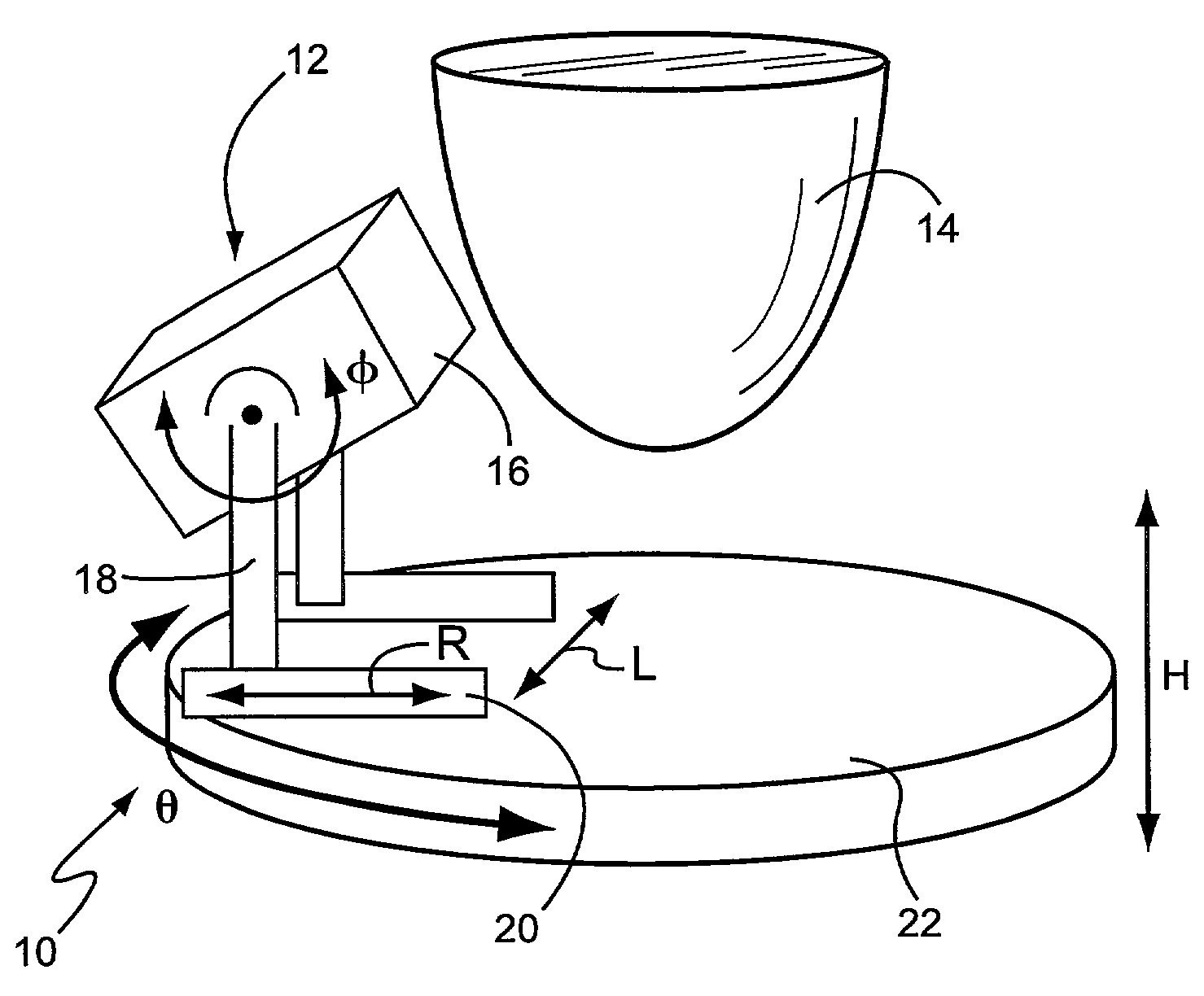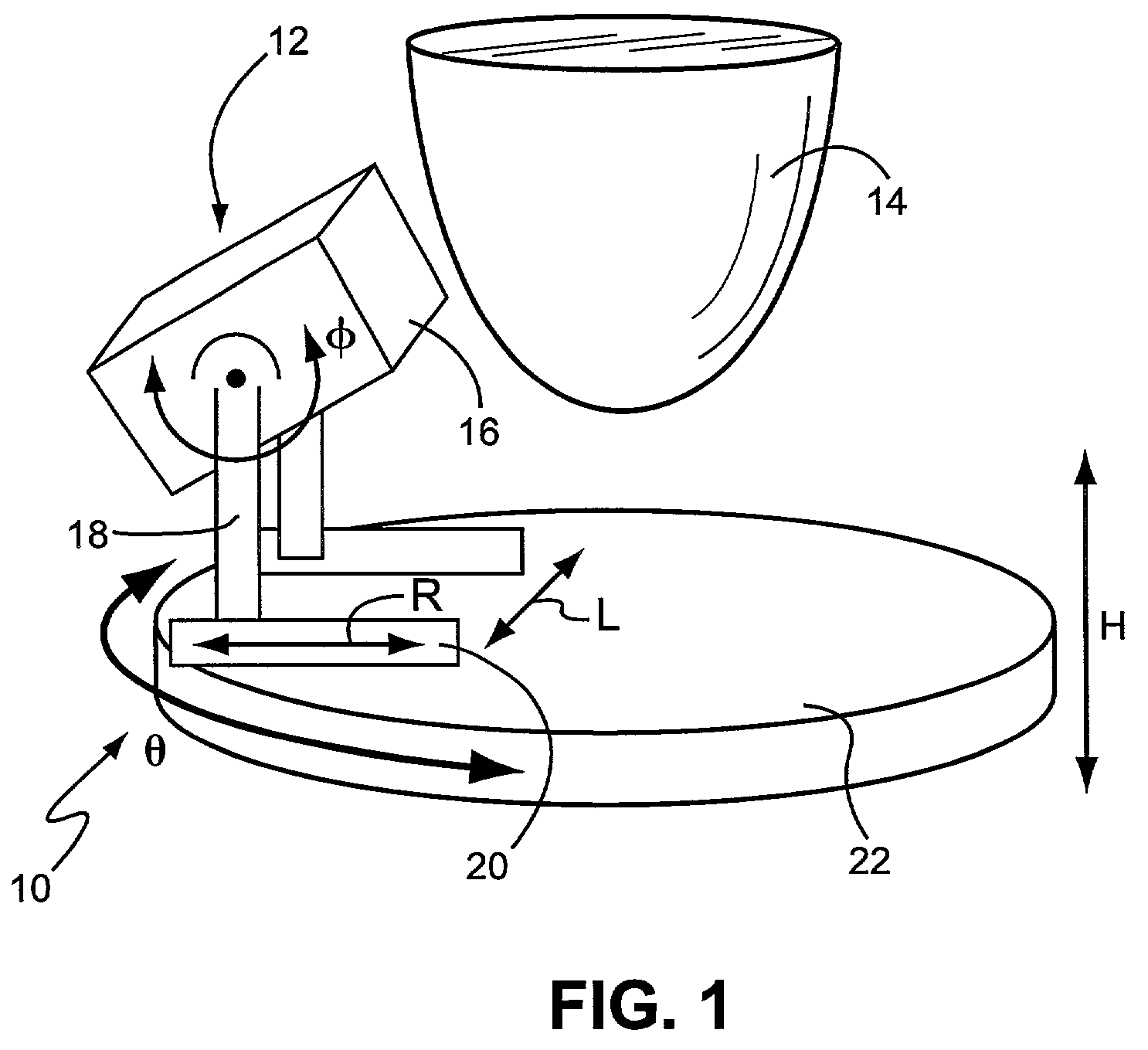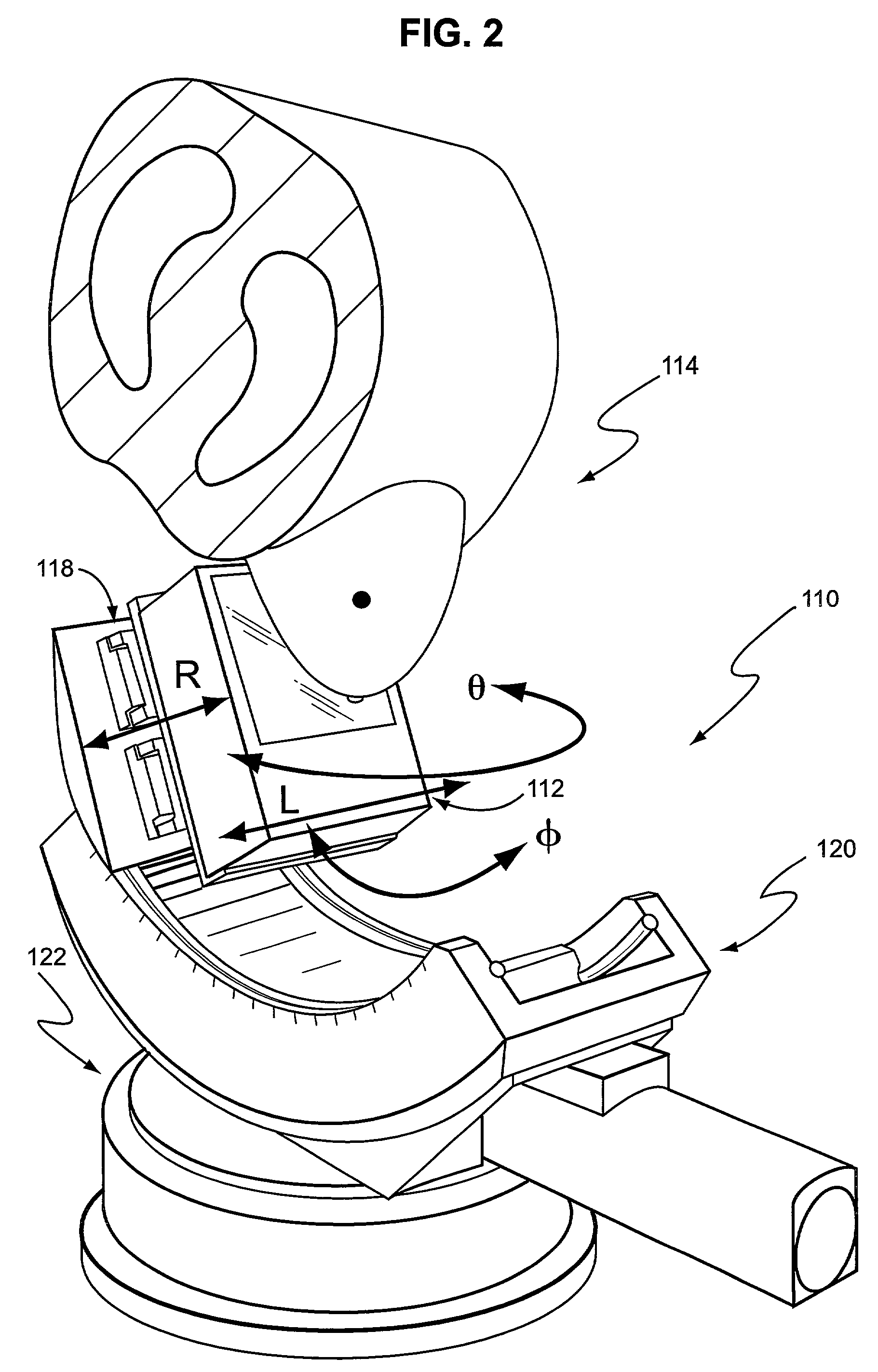Application specific emission and transmission tomography
a transmission tomography and emission technology, applied in the field of application specific emission and transmission tomography, can solve the problems of increasing the scattering of breast lesion, torso attenuation, and limited conventional whole body spect imaging for breast disease, and achieves improved intrinsic spatial and energy resolution, improved snr and contrast characteristics, and high performance.
- Summary
- Abstract
- Description
- Claims
- Application Information
AI Technical Summary
Benefits of technology
Problems solved by technology
Method used
Image
Examples
example
[0064]A novel ASETT system including the LumaGEM™ compact gamma camera for tomographic emission imaging of the breast was designed and built, and the system evaluated by Monte Carlo simulations and measurements of phantoms with breast lesions of various sizes and locations. Additional radioactivity was included in the anthropomorphic torso phantom's cardiac and liver inserts to simulate the large backgrounds anticipated with clinical imaging of 99mTc-compounds used to evaluate breast disease.
[0065]Simulations: Initial Monte Carlo simulations (MCs) of analytical phantoms were performed with 140 keV gamma rays to determine the feasibility of utilizing a compact system for emission imaging of the breast with the ASETT dedicated, compact tomographic system. An available ˜950 ml ellipsoidal breast phantom (12 cm length, 13.5 short and 15 cm long elliptical diameters) with centrally located 1 cm diameter lesion was simulated with 6:1 lesion to breast background ratio. Based on using avail...
PUM
 Login to View More
Login to View More Abstract
Description
Claims
Application Information
 Login to View More
Login to View More - R&D
- Intellectual Property
- Life Sciences
- Materials
- Tech Scout
- Unparalleled Data Quality
- Higher Quality Content
- 60% Fewer Hallucinations
Browse by: Latest US Patents, China's latest patents, Technical Efficacy Thesaurus, Application Domain, Technology Topic, Popular Technical Reports.
© 2025 PatSnap. All rights reserved.Legal|Privacy policy|Modern Slavery Act Transparency Statement|Sitemap|About US| Contact US: help@patsnap.com



